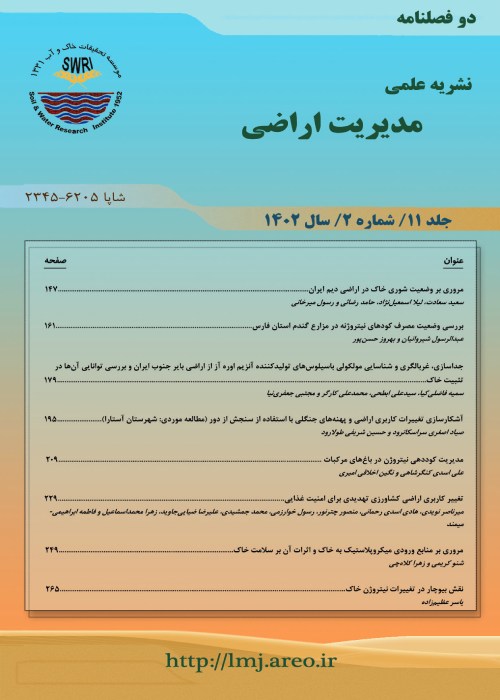Sustained/Controlled-Release Phosphorus Fertilizers: An Option for Enhancing Phosphorus Use Efficiency in Agriculture and Abating the Environmental Hazards
Phosphorus (P) is a macronutrient of high consumption required by plants. Most agricultural soils around the world are poor in phosphorus and P fertilizers are used as a remedy. Not only are the fertilizers low in use efficiency but their application has also exacerbated the eutrophication of water bodies and the associated environmental pollution. This is while P fertilizers are extracted from the finite and non-renewable phosphate rock reserves, causing their rising prices over time as more P fertilizers will be needed to produce more food for the growing global population. P fertilizer management is, therefore, a key parameter in agricultural production. This is why a lot of attention has been recently paid to the application of sustained/controlled-release P fertilizers (SRF/CRF) in order to improve upon P use efficiency and plant growth at reduced environmental costs. The designation SRF/CRF is due to the lower water solubility of such fertilizers compared to conventional ones so that nutrients are supplied to plant roots over longer periods of time. Unlike SRFs, CRFs are characterized by well-controlled nutrient release rate, pattern, and duration. The methods used to manufacture P SRF include: 1) Coating the fertilizer with such materials as: a) polymers (including biodegradable polymers like chitosan, water-superabsorbent polymers, PVDC copolymers, polyolefins, polyurethanes, urea-formaldehyde resins, polyesters, and alkyd resins), b) sulfur, c) sulfur-polymers, d) organic acids, e) paraffin, f) clays, and g) fly ash; 2) Preparing SRFs from materials with a low solubility or a low mineralization rate; 3) Conversion of phosphate rock into P SRF using such different methods as partial acidification and phosphate solubilizing microorganisms; 4) Manufacturing P SRFs via nanotechnology-based techniques; 5) Producing P SRFs using phosphate-loaded layered double hydroxides, biochar, and hydrsochar; and 6) Using fly ash to manufacture SRF. The present article examines these methods and the effects of each on P use efficiency and the growth of different plants. It is generally concluded that P SRFs or CRFs improve P use efficiency and plant growth.
- حق عضویت دریافتی صرف حمایت از نشریات عضو و نگهداری، تکمیل و توسعه مگیران میشود.
- پرداخت حق اشتراک و دانلود مقالات اجازه بازنشر آن در سایر رسانههای چاپی و دیجیتال را به کاربر نمیدهد.



